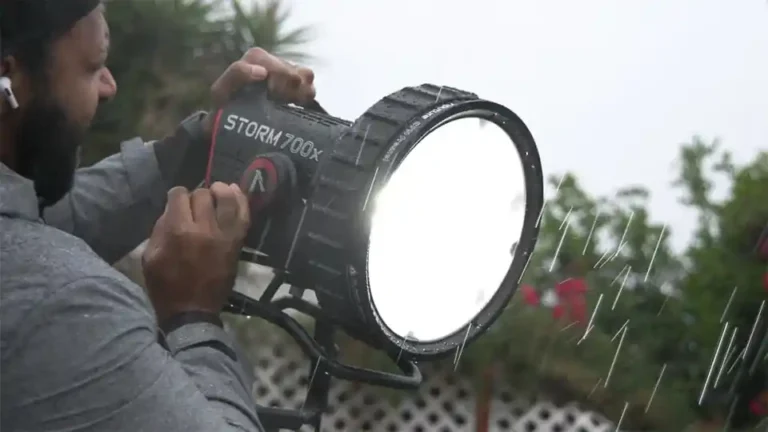
1. Three-Point Lighting: The Timeless Classic
Three-point lighting remains the foundation of many setups. It uses three sources:
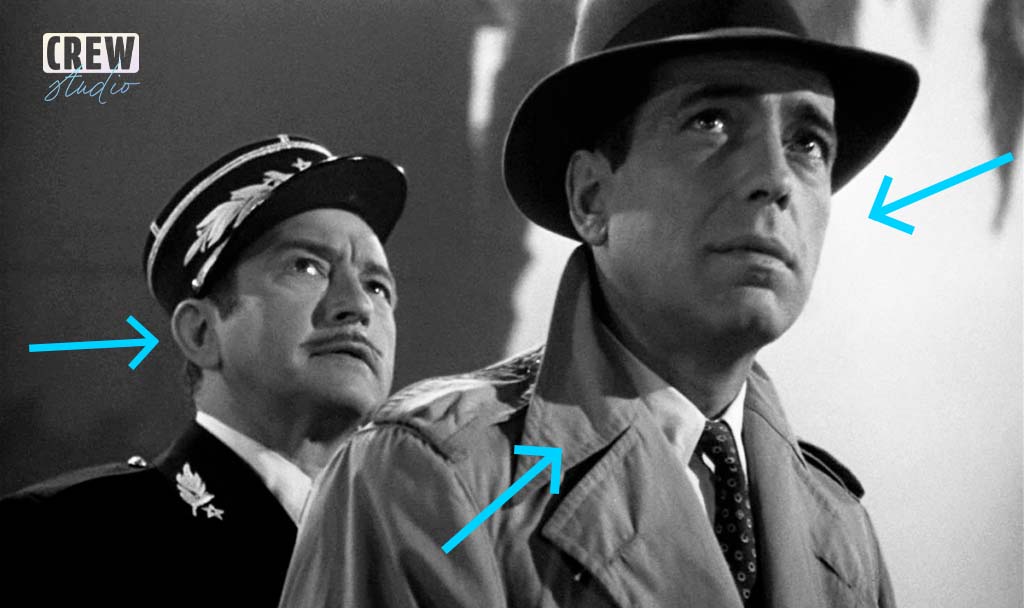
Film Reference: In Casablanca (1942), three-point lighting is a masterclass in how to use light to elevate character-driven storytelling. The crisp interplay of the key and fill lights creates a polished look, while the backlight subtly enhances depth, making every frame feel elegant and timeless. This setup is particularly notable in scenes highlighting Ingrid Bergman, where soft lighting enhances her features and adds emotional weight to her character.
When to use it: Interviews, corporate videos, and portrait scenes. It’s ideal for achieving a clean, professional look. Carefully applied, it can also be used for narrative pieces.
2. Practical Lighting: Seamlessly Natural
Practical lighting incorporates light sources visible within the frame, like lamps, candles, or neon signs. With modern LED technology, practicals can now double as functional lighting for a scene.
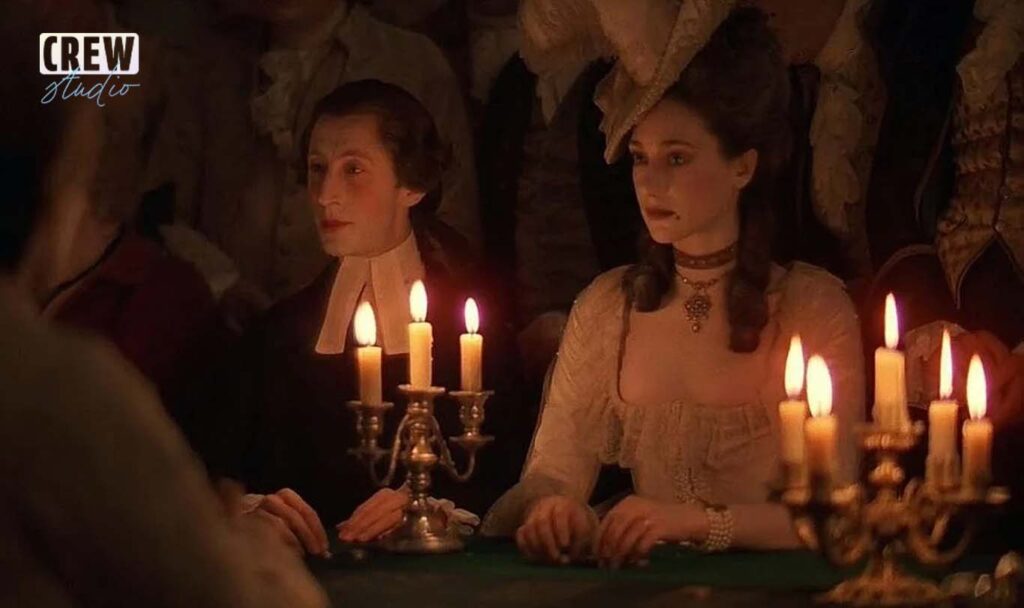
Film Reference: Stanley Kubrick’s Barry Lyndon (1975) is a benchmark for practical lighting, particularly in its candlelit scenes. By pushing the limits of technology (using specially designed lenses), Kubrick achieved an authentic 18th-century aesthetic. The practical lighting not only served the narrative but also became a defining element of the film’s visual style, immersing the audience in the period’s ambiance.
Friend of Crew Studio Lou Bogue was the Gaffer on this film, and became somewhat of a pioneer in the functional lighting technique. Keep an eye out for our upcoming interviews with Lou!
When to use it: Scenes requiring an intimate or organic feel, such as interiors or night settings.
Pro Tip: Combine practicals with dimmable LEDs to balance brightness and maintain control over colour temperature.
3. High-Key Lighting: Bright and Cheery
High-key lighting minimizes shadows and creates an evenly lit scene, often used in:
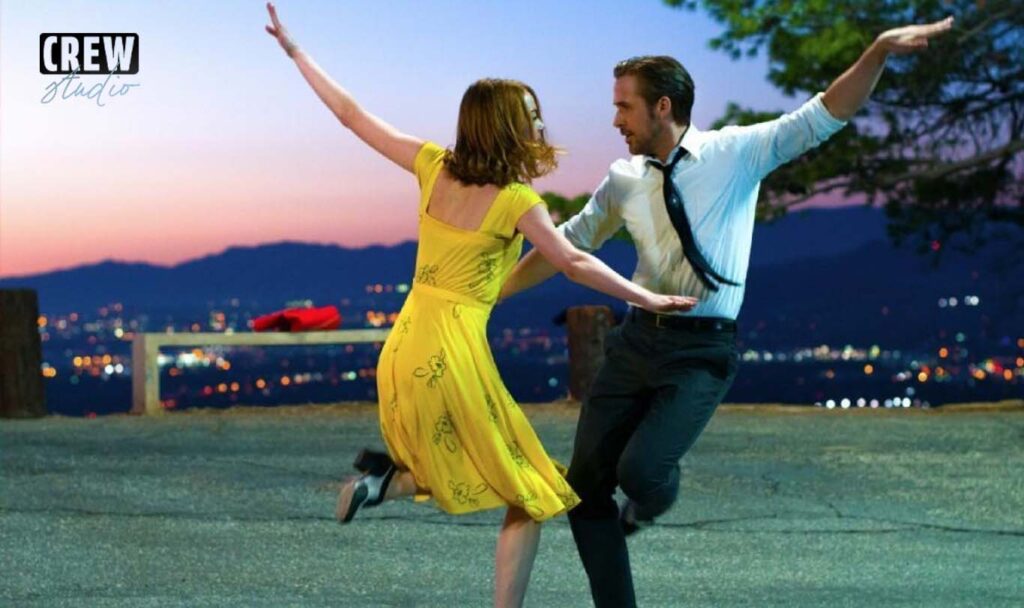
Film Reference: La La Land (2016) opening employs high-key lighting in its musical numbers to create a dreamlike, euphoric atmosphere. The deliberate absence of harsh shadows allows the vibrant colours of the costumes and sets to shine, amplifying the film’s joyous and romantic tone. This lighting style enhances the choreography and immerses the audience in the film’s whimsical world. It also has a practical use: it allows for broad movement within a scene, removing the reliance on specific marks and positions for cast.
It requires soft light sources, like diffused panels or bounced light, to avoid harsh contrasts. The result is an upbeat and polished aesthetic.
4. Low-Key Lighting: Drama in Shadows
For those darker, more dramatic moments, low-key lighting is a must. It relies heavily on:
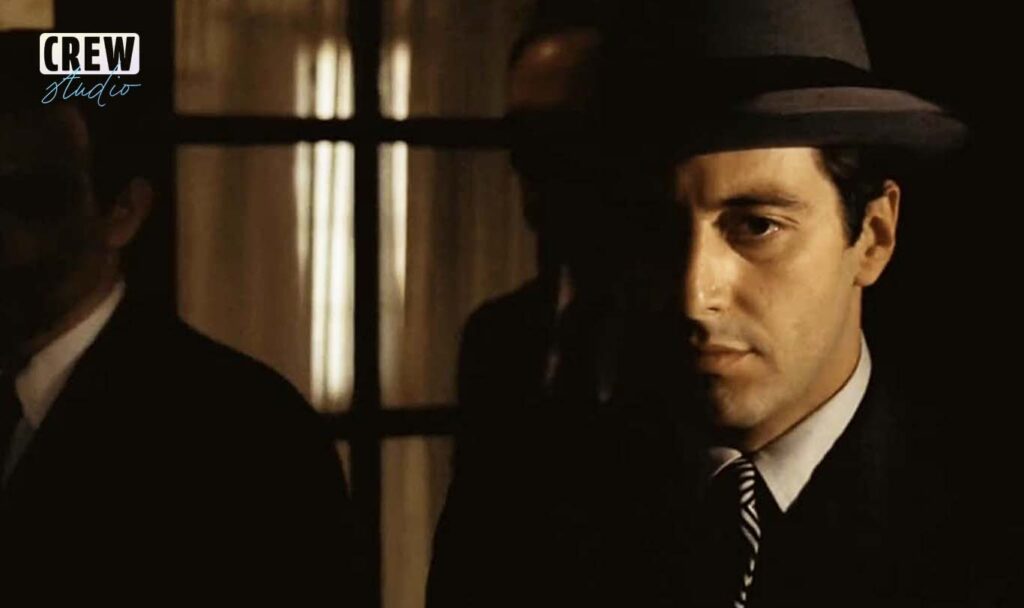
Film Reference: In The Godfather (1972), low-key lighting is a storytelling tool as much as a visual choice. The shadowy environments reflect the moral ambiguity and tension of the narrative. The use of chiaroscuro (light and shade), creates a sense of mystery and foreboding that enhances the film’s iconic status.
The Godfather has grown to become one of the most iconic high contrast films, with most of us picturing ‘that shot’ when we imagine low-key lighting.
When to use it: Film noir, thrillers, or any scene that demands tension and mystery. The interplay of light and shadow draws the viewer’s attention and evokes emotion.
5. LED Panels and RGB Effects: The Modern Marvel
LED lighting has transformed the industry with its versatility and efficiency. RGB panels allow for customisable colours and effects, opening endless creative possibilities. These lights can simulate firelight, police sirens, or even create entirely surreal environments.
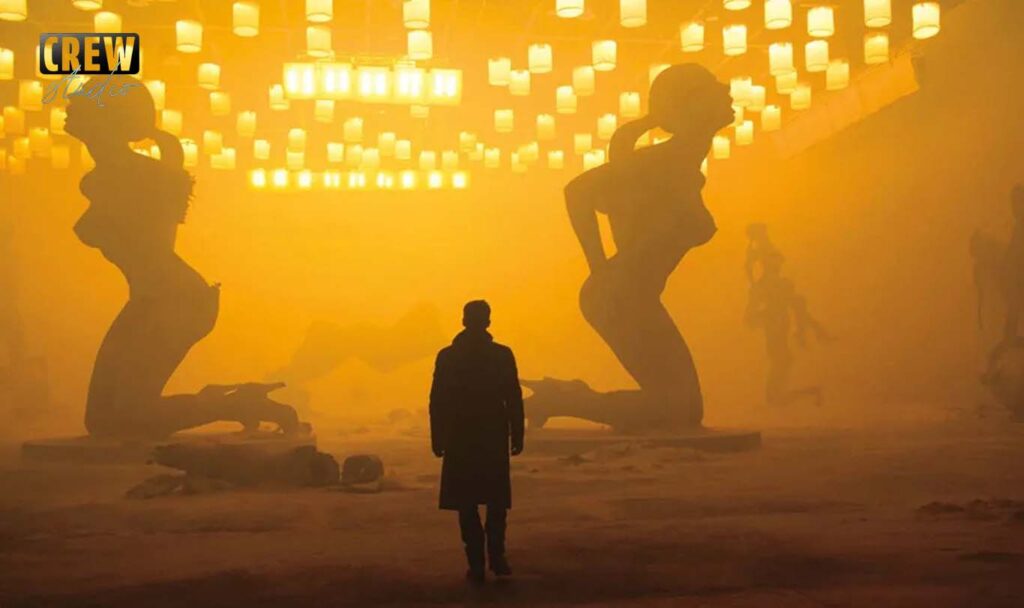
Film Reference: Blade Runner 2049 (2017) showcases the potential of RGB lighting to craft a world that feels both futuristic and grounded. The vivid neon hues and dynamic lighting effects immerse viewers in a dystopian reality.
When to use it: Sci-fi, music videos, or stylised storytelling where mood and creativity are paramount.
Pro Tip: Apps and DMX controls make it easier to sync and program effects, saving time on set.
What lighting setups do you swear by? Learn the skills of a gaffer on our upcoming Lighting Courses.
Join The Crew. We’ll only send you exciting emails.